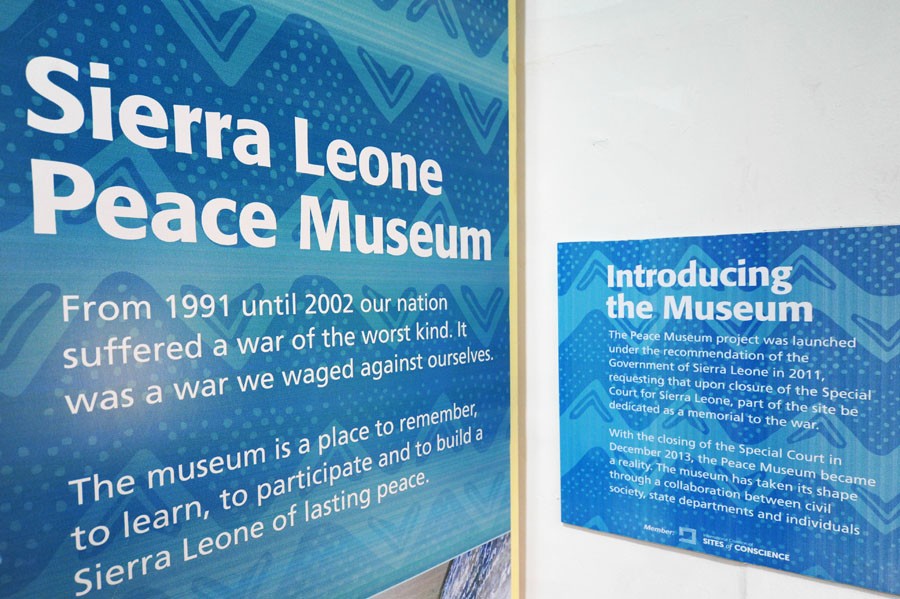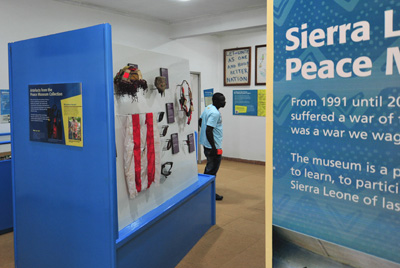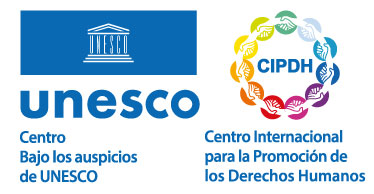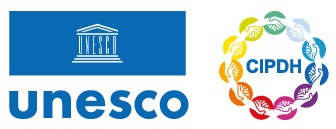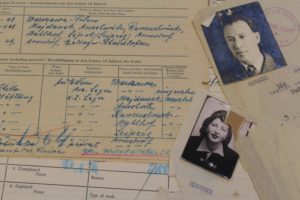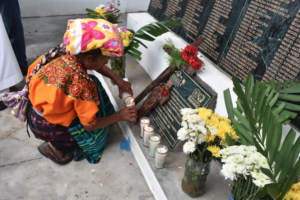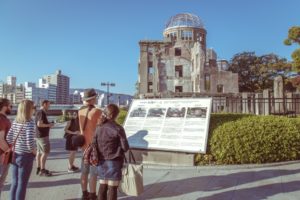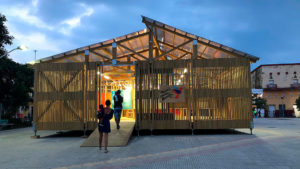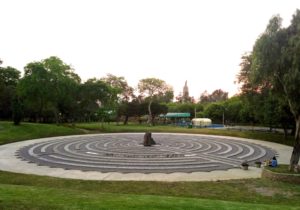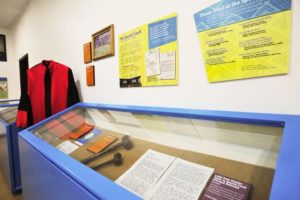Sierra Leone Peace Museum
Museum
Theme: Armed conflict

Address
Jomo Kenyatta Road
Country
Sierra Leone
City
Freetown
Continent
Africa
Theme: Armed conflict
Purpose of Memory
To honor the civil war victims in Sierra Leona.
Institutional Designation
Sierra Leone Peace Museum
Date of creation / identification / declaration
2013
Public Access
Free

Location description
The Peace Museum is made up of a memorial, an exhibition which documents and narrates the history of the war and the peace process, an educational area, an archive about the work of the Special Court for Sierra Leone (SCSL) and the Truth and Reconciliation Commission (TRC) and a legal library.
On 23 March 1991, a civil war which would continue for 11 years started in Sierra Leone. The conflict began when the Revolutionary United Front (RUF), with support from the special forces of the National Patriotic Front of Liberia (NPFL) attempted to overthrow Joseph Momoh’s government. The conflict expanded rapidly to the whole country and was marked by serious human rights and international humanitarian law violations. It is estimated that between 50,000 and 200,000 people were killed and hundreds of thousands had to move along the country.
In January 1999, the international community intervened diplomatically in order to promote the negotiations between the RUF and the government, and this resulted in the Lomé Peace Agreement signed on March 27 that year. In 2001, the United Nations punished Liberia for having supported the RUF uprising by providing firearms and training in exchange of the so called “blood diamonds”. After some years of progress and setbacks, the United Nations Peacekeeping Operation finally announced the end of the civil war in 2002. Free elections were held in the same year. The Sierra Leone Truth and Reconciliation Commission, provided for in the peace agreement effective between 2002 and 2004, recorded all the violations committed during the time of the war, investigated their causes and made over 220 future recommendations in regards to both the victims’ reparation and non-repetition measures. The Special Court for Sierra Leone, effective between 2002 and 2013, was jointly established by the Sierra Leone Government and the United Nations and served the purpose of judging those who were mainly responsible for the serious violations committed against internal law as well as humanitarian law.
The Special Court for Sierra Leone (SCSL) was established in 2002 to prosecute the perpetrators of the serious crimes committed during the civil war. The SCS filed charges against thirteen individuals, among whom was former Liberian president Charles Taylor, finally convicted in 2012 for war crimes.
On 2 December 2013 when the SCSL mission was over, the court building was turned into the Peace Museum, a place which is considered a testimony of the war victims’ suffering and of the struggle to build a long-lasting peace. The museum appeals to memory as an opportunity to establish a culture which respects human rights, fosters good government and prevents future violence.
The management team which runs and develops the Peace Museum actions is a committee made up of representatives from the Sierra Leone government, the United Nations, the SCSL, the National Commission for Human Rights, the National Museum, the Civil Association of Victims of War and other civil organizations.
Since it was launched in October 2016, a travelling exhibition including photos, videos and artifacts related to the war and peace process has been presented in a total of 38 schools in Sierra Leone, reaching 9,500 students and more 50 teachers and community leaders in each district.
